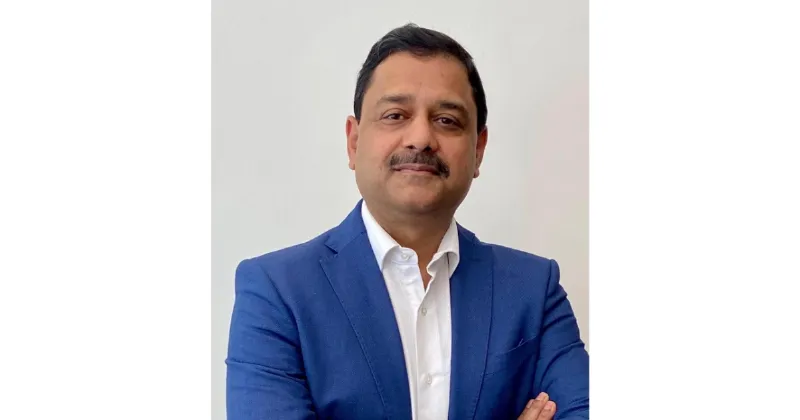A Guide to Diversifying Your Investment Portfolio

A portfolio is a collection of all your investments. You can have multiple mutual funds, equity, debt, small-cap, etc. A mutual fund portfolio is a list of all the mutual funds you own. If you invest in multiple funds that hold similar instruments, your portfolio may end up with duplication. This is called mutual fund overlap. In this article, we will see what mutual fund overlap is and how to avoid it.
What is Mutual Fund Overlap?
This can happen if you invest in multiple mutual funds that have similar asset allocations or holdings. It defeats the purpose of diversification and increases your market risk. You can diversify your portfolio by investing in mutual funds managed by different asset managers.
Example:
Suppose you invest in Fund A’s small cap fund and later see that Fund B’s small cap fund is giving better returns. In that case, you may decide to start a Systematic Investment Plan (SIP) in Fund B. If both funds have similar holdings, you have created overlap, as they invest in the same companies.
Problems with Mutual Fund Portfolio Overlap?
- Diversification Goals Not Achieved:
- The purpose of mutual funds is to diversify a portfolio and reduce market risk. Overlapping funds goes against this objective and may increase market risk.
- More Monitoring Required:
- If your overlap is more than 10%, it’s better to redeem one of your funds. Overlapping investments require more frequent monitoring to ensure your portfolio remains diversified.
What is the effect of Overlap on Returns?
While mutual funds are a popular choice for investors looking for diversification, the benefits get diluted when funds invest in the same company or sector. For example, if the pharmaceutical sector is struggling, both your overlapping funds will suffer. If the industry is booming, the overlap will be good.
How to Reduce Mutual Fund Overlap?
To manage your investments better, you need to understand mutual funds and make informed decisions. Here are some ways:
- Debt Funds: These funds collect money and invest in money market instruments for fixed returns. Investing in money market instruments reduces risk and diversifies investor’s portfolios into risk-free asset classes.
- Equity Funds: These are the riskiest mutual funds as they invest in equity markets. To compensate for the higher risk, equity funds give higher returns than debt funds. They are further classified into small-cap, mid-cap, and large-cap funds.
- Balanced/Hybrid Funds:These funds invest in both debt and equity, so the risk is lower than equity funds but higher than debt funds
- Thanks to technology, overlap can be avoided easily. Many aggregator websites allow you to enter the scheme name, and it will show all other funds with similar portfolio holdings.
How to Avoid Mutual Fund Overlap?
Many investors invest in new mutual funds, so it’s challenging to avoid overlap. Plan your investment goals before investing. Once your goals are aligned with the fund’s goals, analyse the fund’s fundamentals. If you have multiple schemes that meet your goals, investing in the same stocks may not add value to your portfolio.
Example:
If you already have a large-cap fund in your portfolio, choose another category to minimise overlap, as many funds invest in the same stocks.
How to Redeem Mutual Funds?
Mutual fund investors ask about the redemption process. Here are a few ways to redeem mutual funds:
- Through AMC Website:
You can redeem mutual funds directly on the AMC website. The proceeds will be credited to your account once the redemption request is processed.
- Through Trading Accounts or Demat Accounts:
If you invested through a trading account or Demat, you can sell the units directly on that platform and the proceeds will be credited to your Demat account.
- Through Mobile Apps or Websites of Agents/Distributors:
If you invested through multiple agents or distributors, you can redeem your funds online through their mobile apps or websites.
What if you want to Change Managers?
Most fund managers have similar investment goals and styles. When the goals are the same, their philosophy of making money may also be the same, so their stock picks will also be similar.
Diversifying by choosing different fund managers will help you avoid fund duplication. But don’t invest in too many fund managers at once.
Since there are only 7,462 companies listed on the Indian stock exchange, it’s almost impossible to create a portfolio without some overlap.
Example:
A blue-chip equity fund will have top IT companies, and an IT fund will have leading companies in the sector. The key is the degree of overlap. As an intelligent investor, it’s your responsibility to manage the overlap in your portfolio so that your money is really diversified.
Conclusion
Mutual fund overlap is key to managing a mutual fund portfolio. Investors can get insight into their portfolio by using a mutual fund portfolio overlap tool that compares mutual fund overlaps. This will help them identify duplicates or high overlap, which can prevent diversification. Review your investments regularly and make informed decisions based on your goals. You can reduce overlap by selecting multiple funds and different asset classes and monitoring your investments closely. A well-structured diversified mutual fund will help you achieve your investment goals with minimum market risk.





















